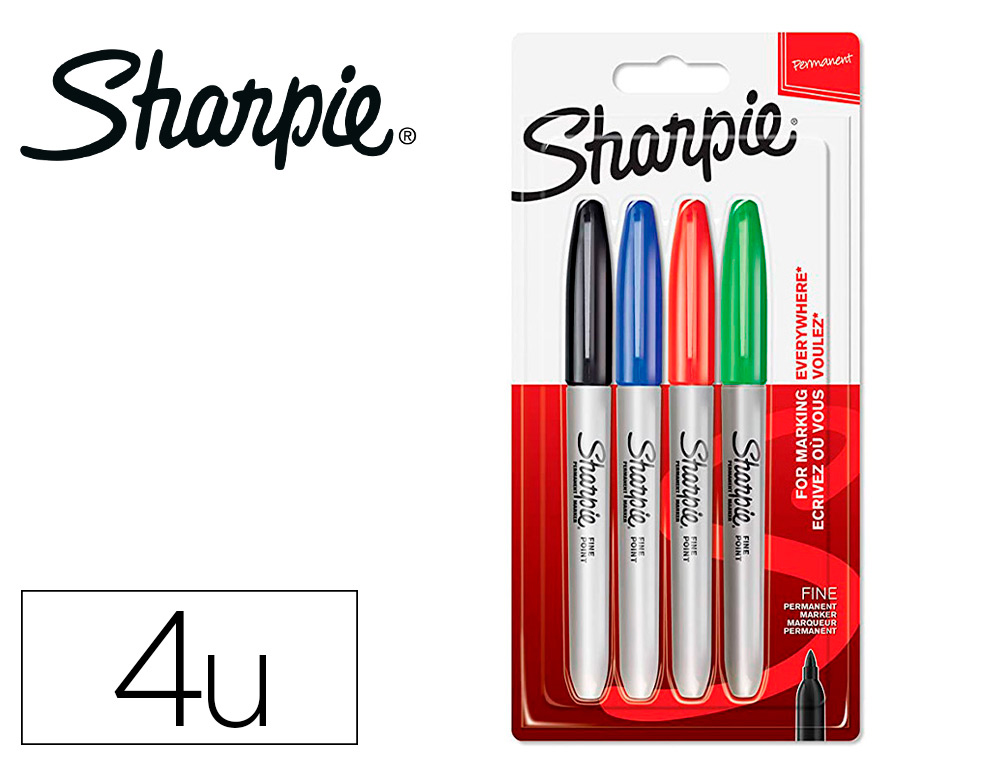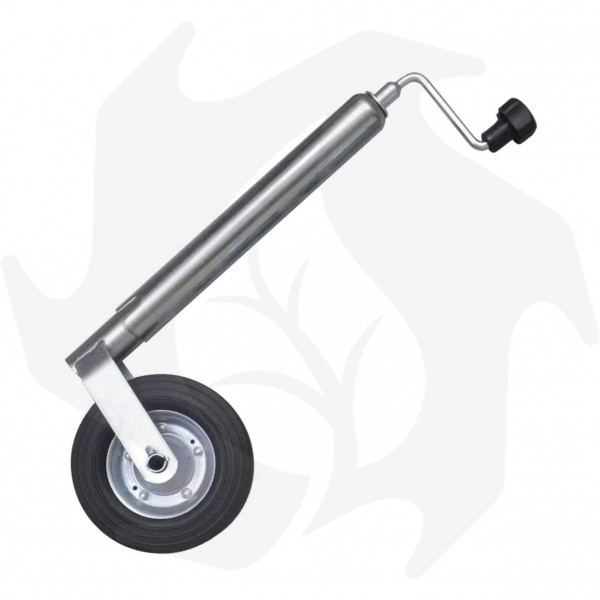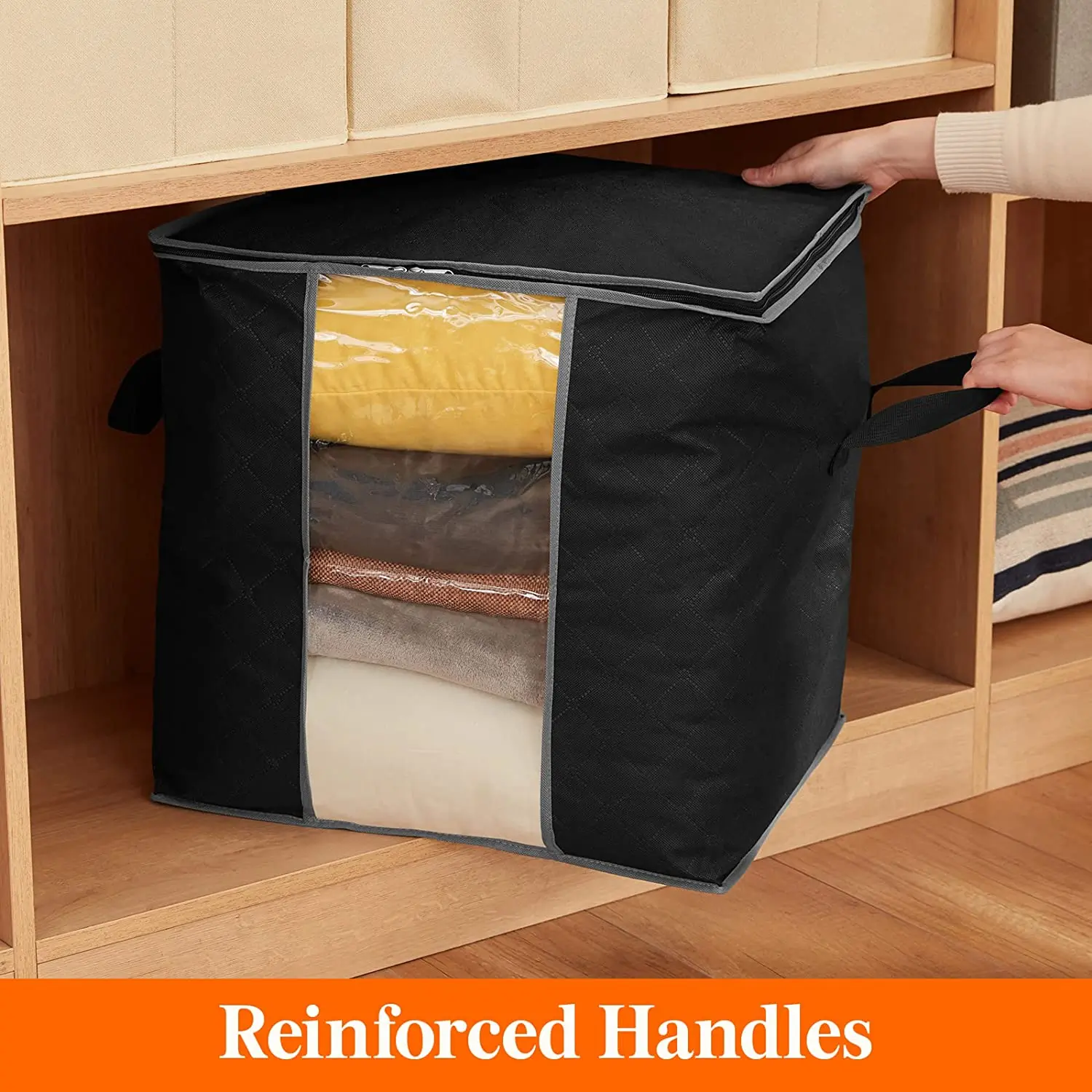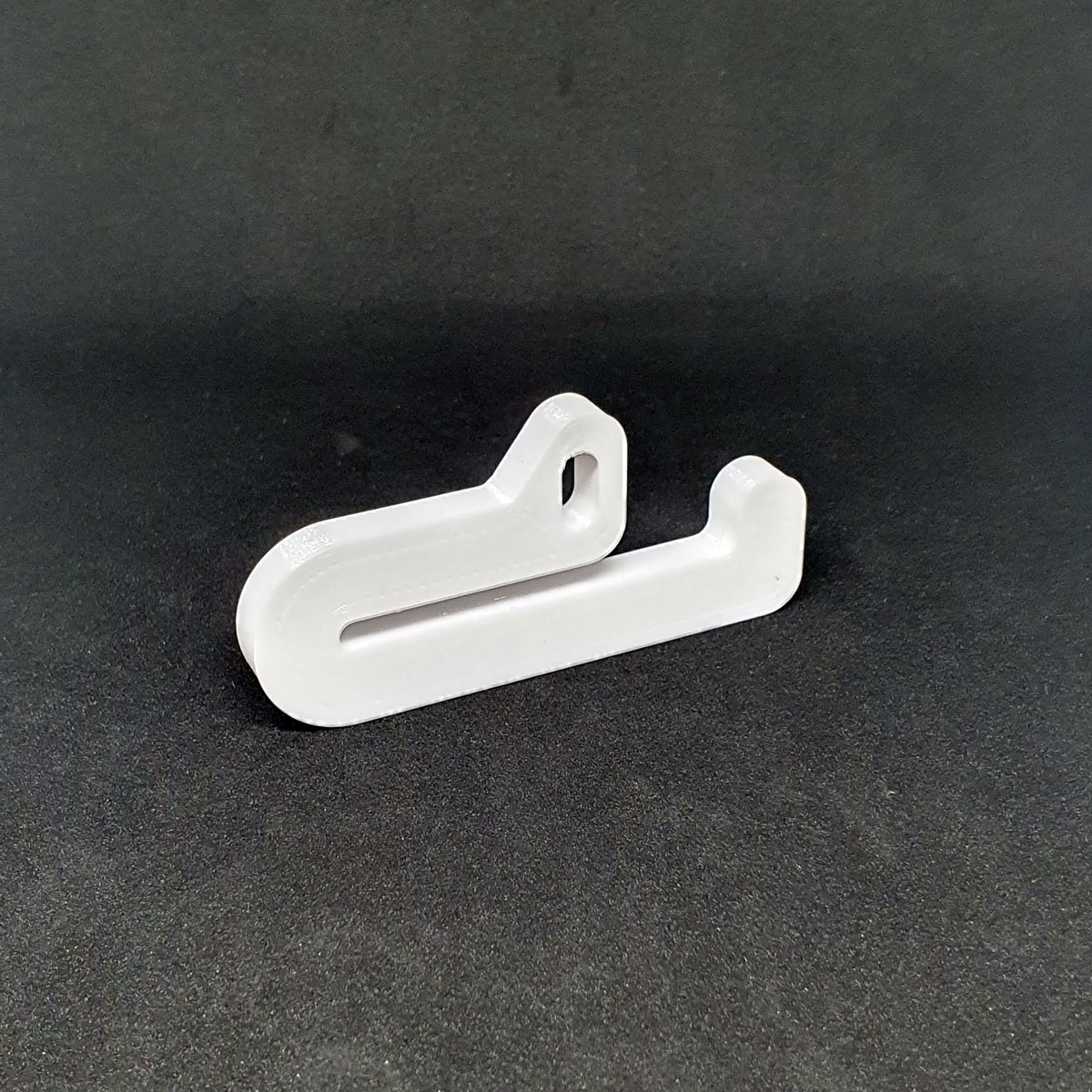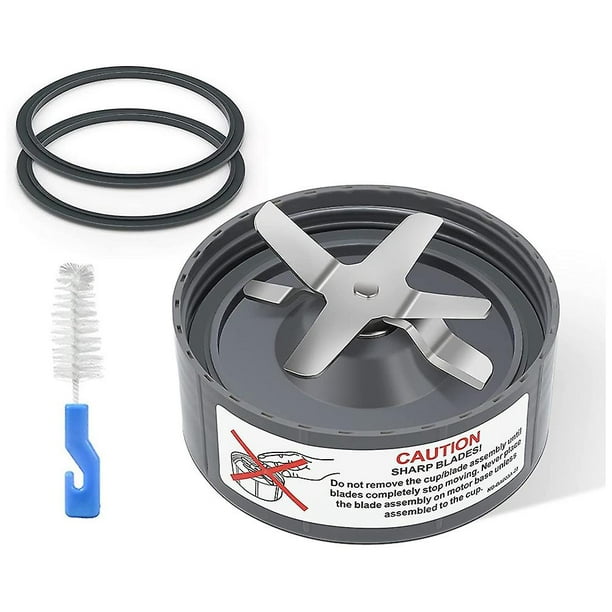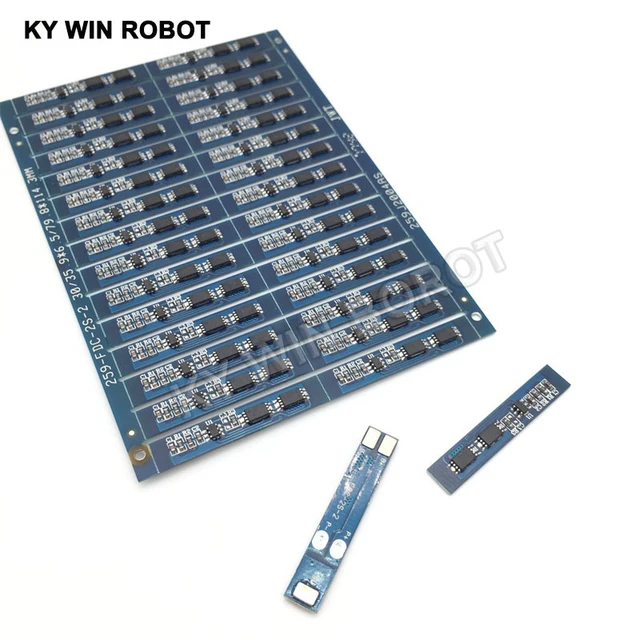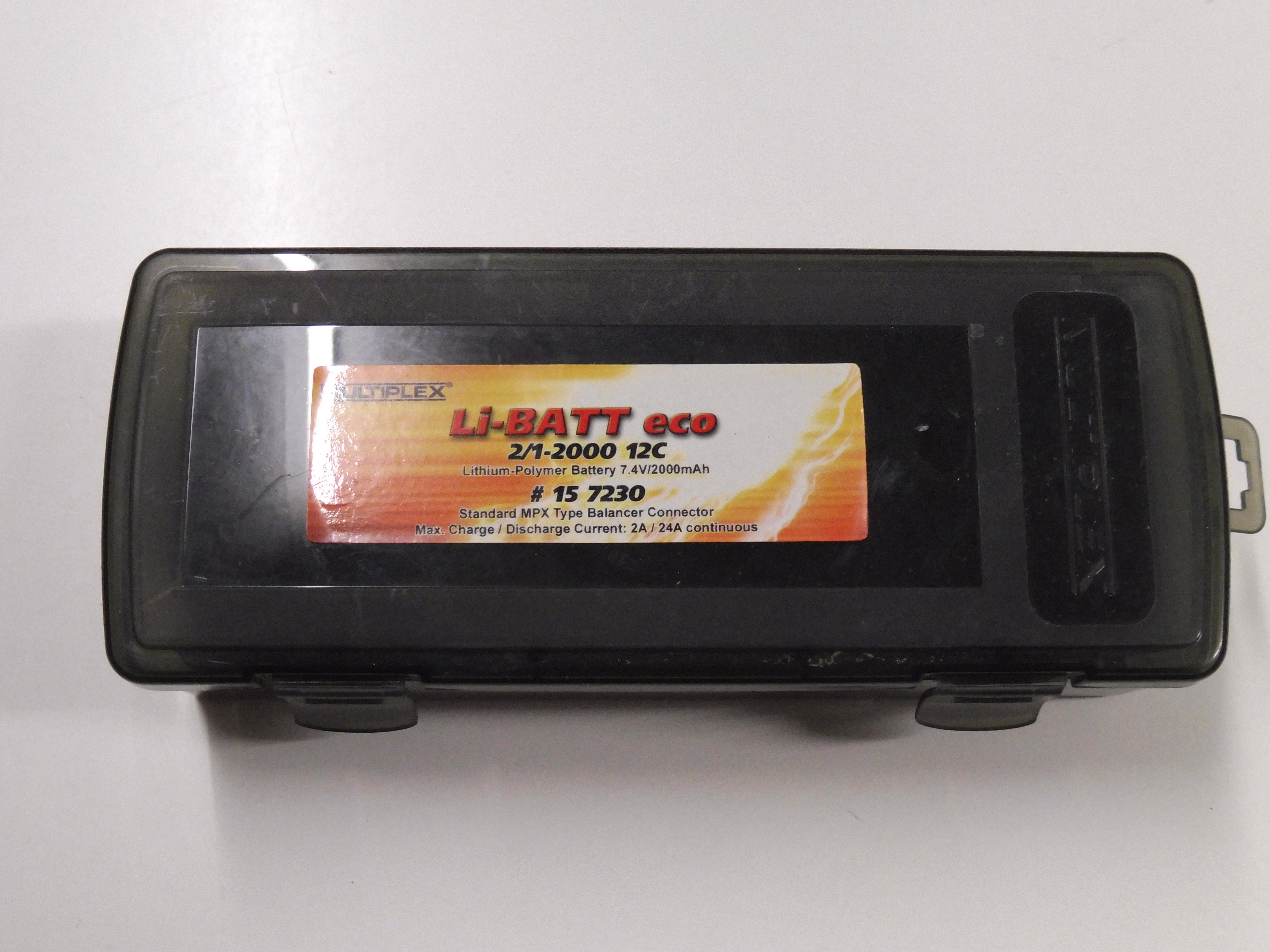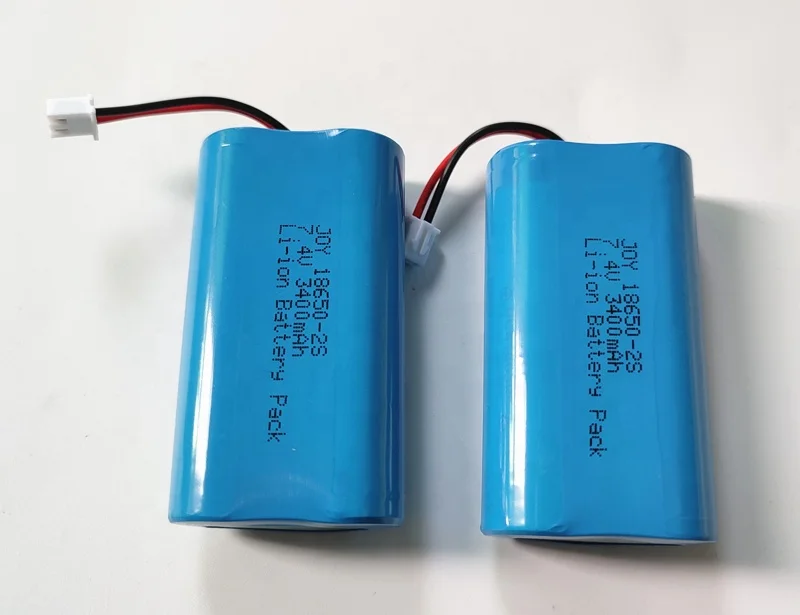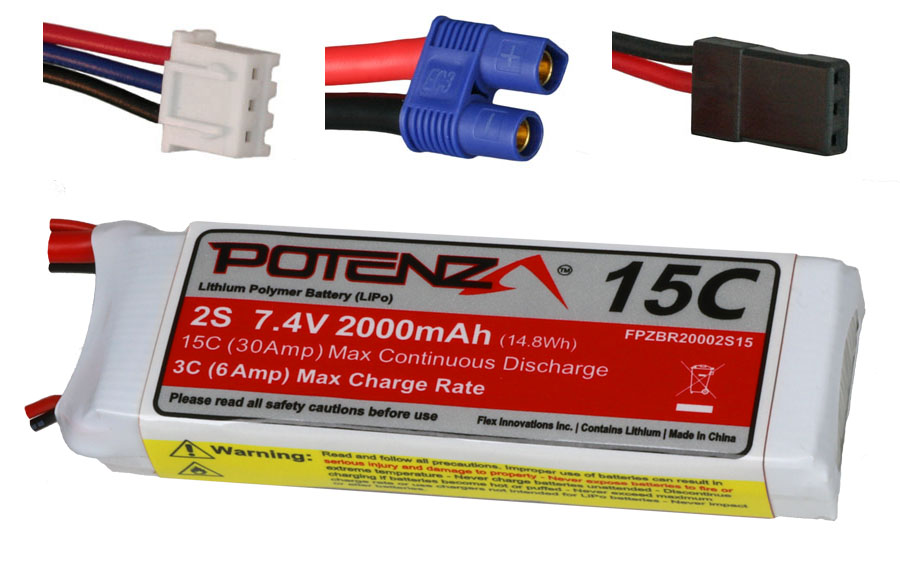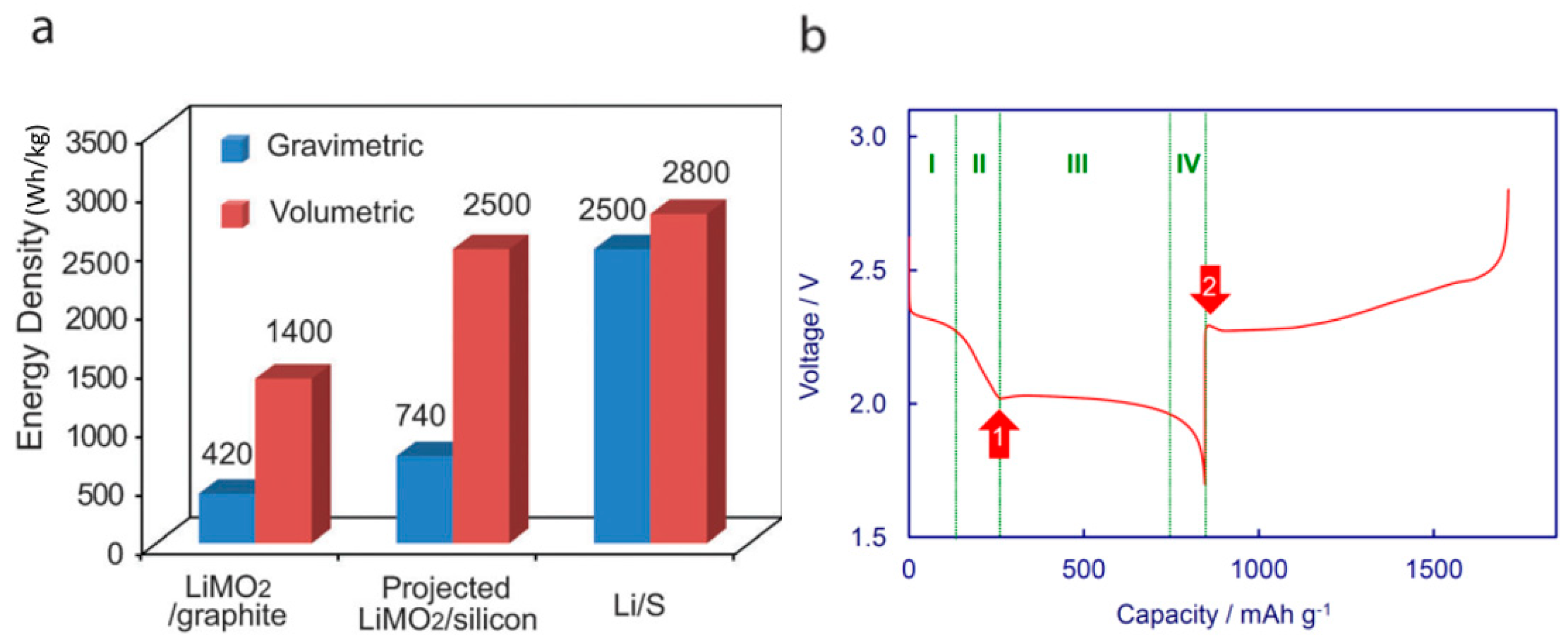Polymers, Free Full-Text
4.5 (506) · € 27.99 · En Stock
Lithium–sulfur batteries (LSBs) are recognized as one of the second-generation electrochemical energy storage systems with the most potential due to their high theoretical specific capacity of the sulfur cathode (1675 mAhg−1), abundant elemental sulfur energy storage, low price, and green friendliness. However, the shuttle effect of polysulfides results in the passivation of the lithium metal anode, resulting in a decrease in battery capacity, Coulombic efficiency, and cycle stability, which seriously restricts the commercialization of LSBs. Starting from the separator layer before the positive sulfur cathode and lithium metal anode, introducing a barrier layer for the shuttle of polysulfides is considered an extremely effective research strategy. These research strategies are effective in alleviating the shuttle of polysulfide ions, improving the utilization of active materials, enhancing the battery cycle stability, and prolonging the cycle life. This paper reviews the research progress of the separator functionalization in LSBs in recent years and the research trend of separator functionalization in the future is predicted.
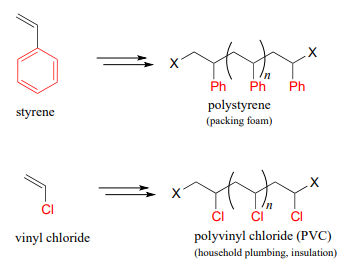
9.4: Useful Polymers formed by Radical Chain Reactions - Chemistry LibreTexts
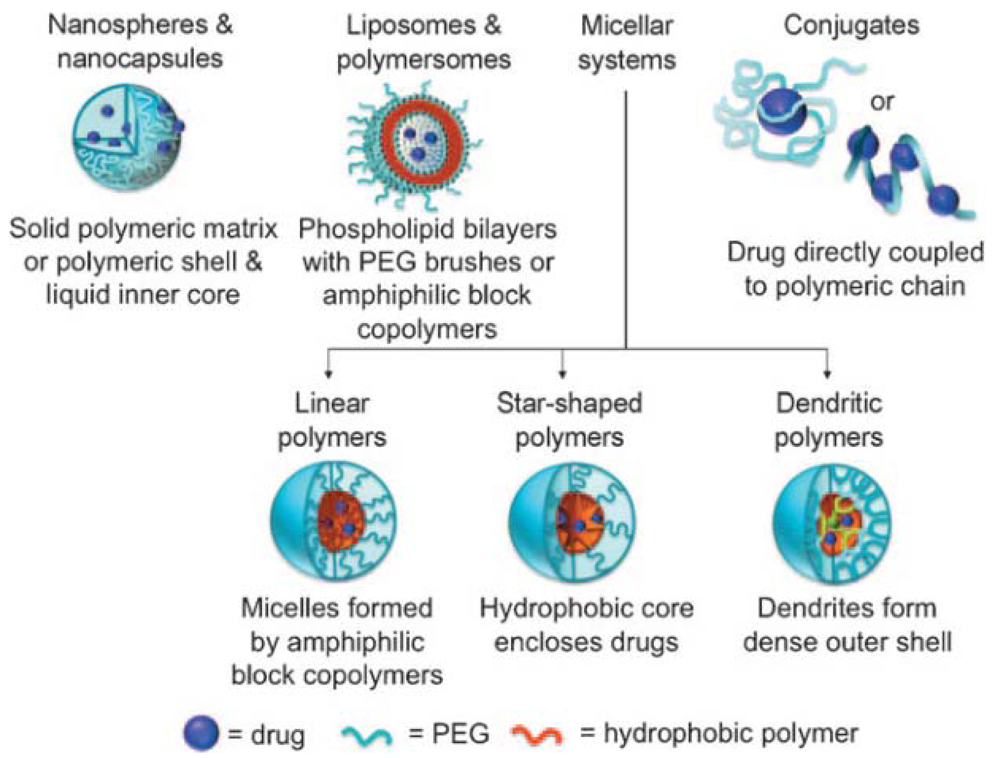
Polymers, Free Full-Text, analyses
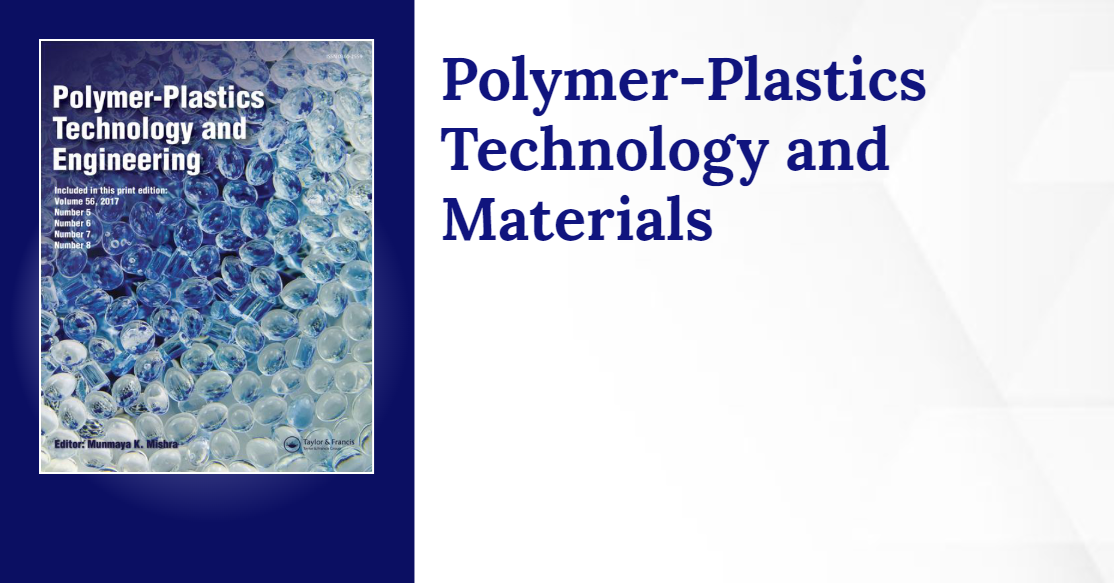
Polymer-Plastics Technology and Materials: Vol 63, No 4 (Current issue)
Polymer Blends: Journal of Macromolecular Science, Part C: Vol 18, No 1
PDF) Strategies to Improve Photodynamic Therapy Efficacy of Metal-Free Semiconducting Conjugated Polymers

Classification flow chart of Polymers.

PDF) Free energy calculations in associative polymers using molecular dynamics
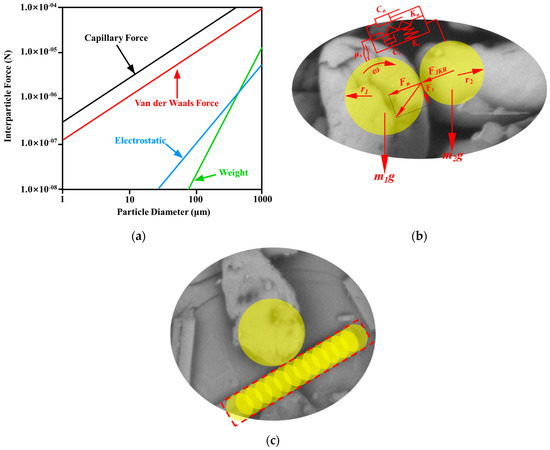
Download Cf Toolbox 1.0.10 - Colaboratory

Nanoscope Software 6.13 - Colaboratory

The mechanism of free-radical polymerization of vinyl chloride monomer

Polymers, Free Full-Text
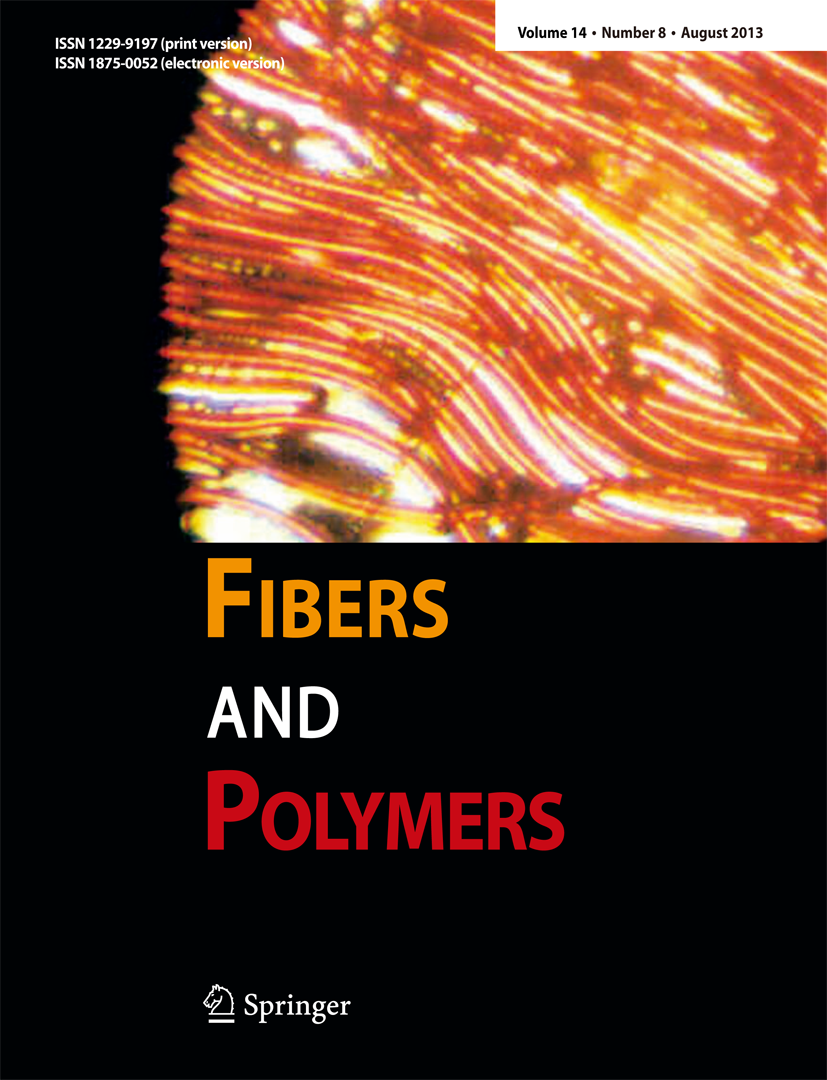
Home Fibers and Polymers
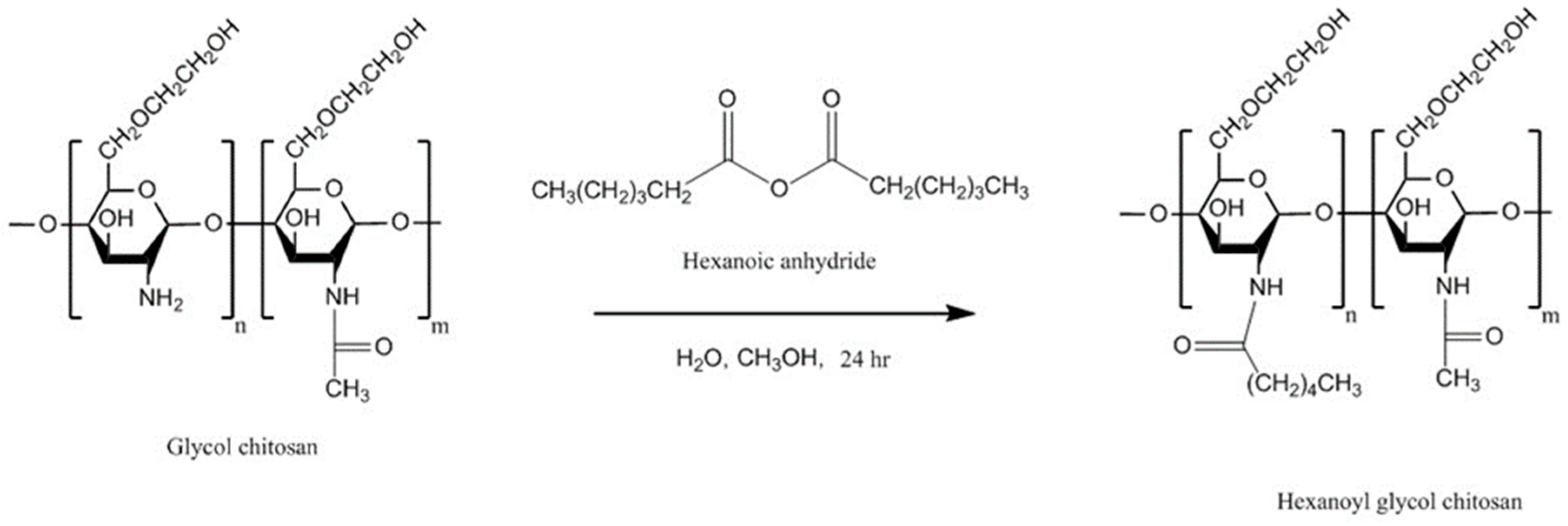
Polymers Free Full Text Chitosan And Its Derivatives For 36512

how will you prepare phbv polymer? –
